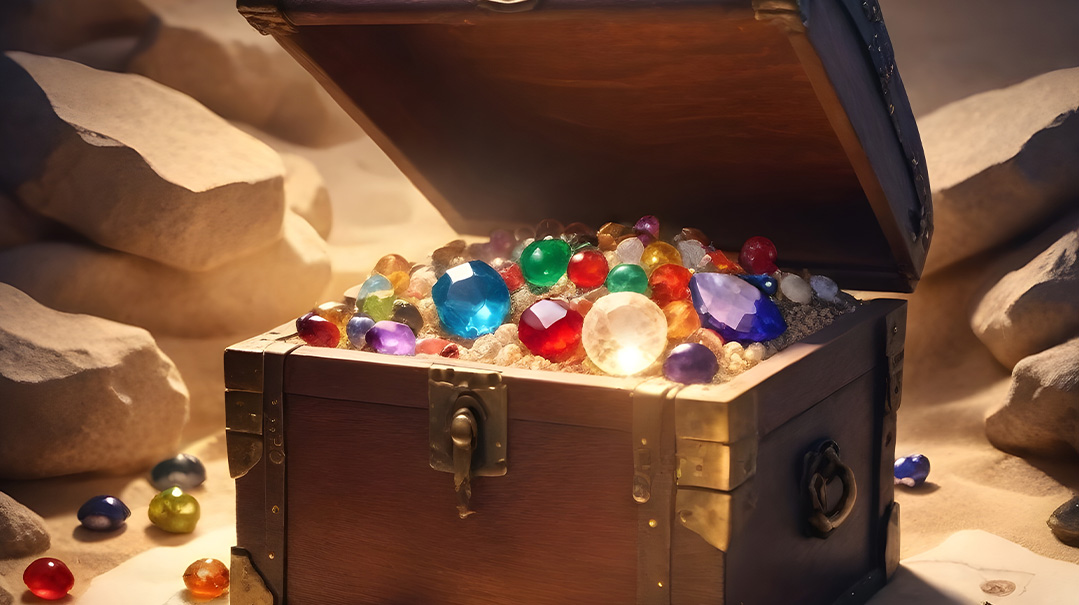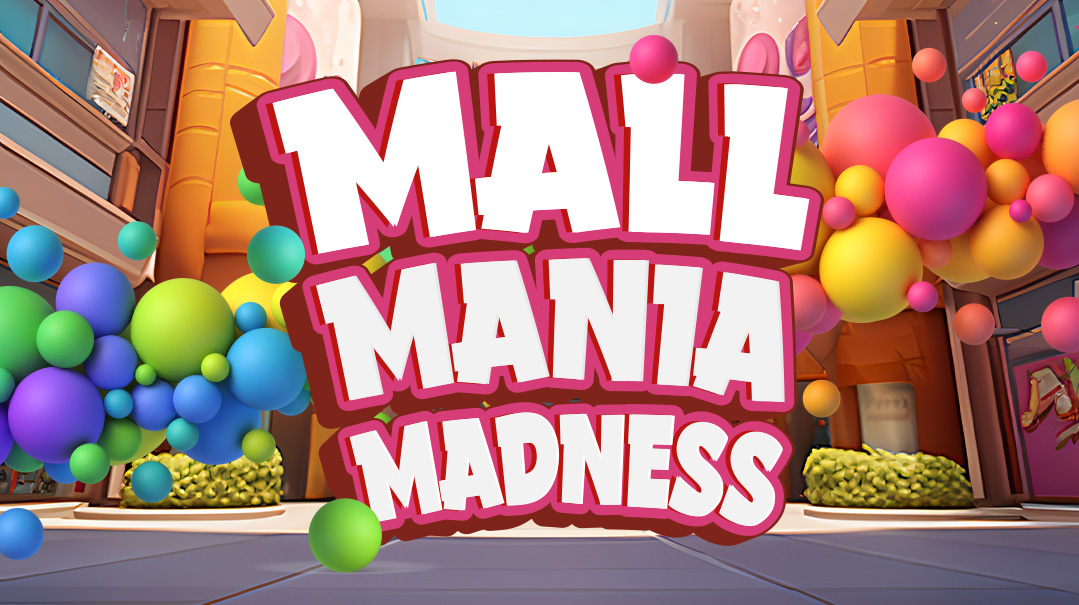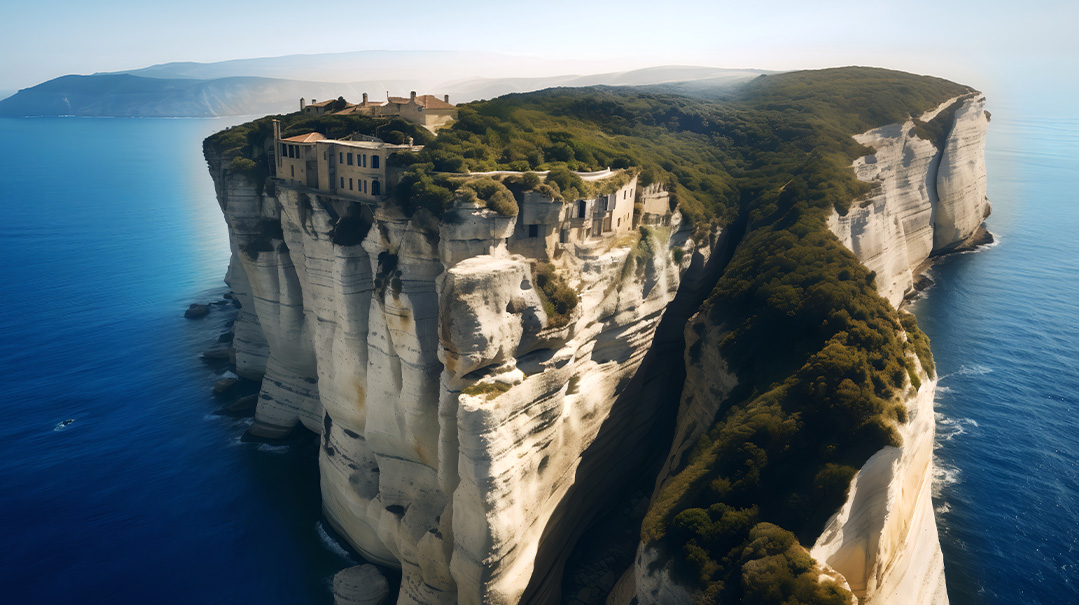Weathering the Storm
| November 14, 2023The Galveston hurricane

Dear John and Mark,
How are you doing in North Dakota? It’s lonely here without my two older brothers nearby! I have a lot to write — so much has happened since I last saw you…
September 8, 1900 began peacefully in Galveston, Texas. For Mama, Papa, me, and Dwight, our nephew, it was completely ordinary. In fact, none of the 38,000 townsfolk had any idea that Galveston was about to change forever. More than 8,000 people wouldn’t survive the night, and our city would be completely destroyed. The reason? A massive hurricane, heading in our direction…
Hurricanes are the biggest storms, typically over 300 miles wide. They begin over the ocean, where warm water and moist air mix. Storms are only considered hurricanes if the winds travel at least 75 miles per hour — a little faster than how you drive on the highway! Winds can reach up to 200 mph — which is like traveling more than 200 feet per second! Based on how rapid the winds are, hurricanes are divided into categories from 1 to 5 — with 5 being the worst.
When I passed the beach in the afternoon, I noticed that the ocean looked a bit wild, but the sky was still mostly blue.
“Nothing to worry about,” Papa said.
But as evening approached, the storm clouds grew darker and thicker, and heavy rain began to fall.
“It’s getting very windy outside,” Mama said worriedly, as we watched the trees up and down the street bending and breaking.
“We’ll go to the family across the street,” Papa decided. “Their house is solid brick, and built high off the ground. No water can get in there.”
We hurried through the howling wind and pouring rain until we reached the neighbors.
“Looks like other folks had the same idea,” I whispered. Sixteen other people huddled on the floor, wet and shaking. We sat down next to them, trying to keep warm.
“This is a strong house,” a man reassured her. “Nothing will happen here!”
That’s when we heard a huge, earth-shattering crash — and the entire house fell sideways!
We call them hurricanes, but these storms are called “typhoons” in the North Pacific and in the Philippines, and “cyclones” in the Indian and South Pacific Oceans. Whatever you call them, hurricanes can be dangerous in three ways: wind, rain (which can cause flooding), and “storm surges” — walls of ocean water that crash into the land. A storm surge over 15 feet high crashed into Galveston!
Water gushed into the room, and I suddenly found ocean waves swirling around my waist.
“Get out of the house! It’s breaking apart!” shouted Papa. We dashed towards the door, only to find it stuck. Everyone was sobbing and panicking.
“The window!” I cried. Grabbing a nearby chair, I smashed the glass. I wasn’t even halfway out the window when there was a deep groan, and the entire house collapsed around me. A falling board hit my head, and stunned, I toppled into the raging waters headfirst!
Spluttering and gasping, I swam to the surface. As lightning flashed, I glimpsed a door and held on tightly. Through the waves I saw a man balancing on a board, and another person floating by on a crushed chair.

Every second, a hurricane releases the energy of 10 atomic bombs! The eye at the storm’s center is strangely calm, with strong winds and rain spinning around it.
Tossed by wild waves, I saw houses peeking over the water. Debris, broken pieces of houses and furniture, surrounded me on all sides. Rain hammered my body, and every second I thought the powerful wind would throw me overboard! Was there any shelter nearby?
I noticed some houses in the distance, but as I floated closer, the waves and wind tore the buildings apart. I didn’t know what I was going to do — my hands were cramped and tired, and every muscle was sore. Shaking with fear and cold, I was too tired even to cry.
I was sure that soon I would fall off the door and drown. Exhaustion swept over me, and my fingers started to slip… Just when I completely lost hope, I spotted a sturdy tool chest floating by. With tremendous effort, I grabbed the edge and tumbled inside. Dry and strong, it was the perfect shelter in the storm. Even so, it was a wild ride through the dark, thrown around by the wind and waves. Soon I noticed the sky was getting lighter. I prayed morning would come, and that I would live to see daylight.
Hurricanes are the only natural disasters that are given their own names! There are six lists of names that the US Weather Bureau uses. The names are in alphabetical order — but they never use Q, U, X, Y, and Z (can you guess why?). If a hurricane is extremely deadly, that name is never used again.
Finally, the sun rose and the waves started to go down. Still holding onto the tool chest, I found myself in the middle of a new Galveston. The houses were gone. The city was a pile of tangled wood and garbage, 30 feet high.
But the air was warm, the breeze was gentle, and I was alive! I cried tears of joy and thankfulness.
Around 7,000 buildings were destroyed, and 10,000 people were left homeless. We have all lost so much, but we brave citizens of Galveston immediately began the huge job of fixing our city. We are in the middle of an amazing project, and I’m helping! Hundreds of builders are pumping sand under 500 blocks of the city, which will raise it by 17 feet! We also plan on building a ten-mile wall for protection.
It’s not about what we’ve lost, but what we still have. We are alive, we are thankful, and we are rebuilding.
I hope you come to visit soon!
Your brother, Milton Elford
Hurricanes remind us of Hashem’s control over the world. When facing a storm, we stay as safe as we can and daven, remembering Hashem’s promise to protect us against complete destruction.
(Originally featured in Treeo, Issue 986)
Oops! We could not locate your form.







